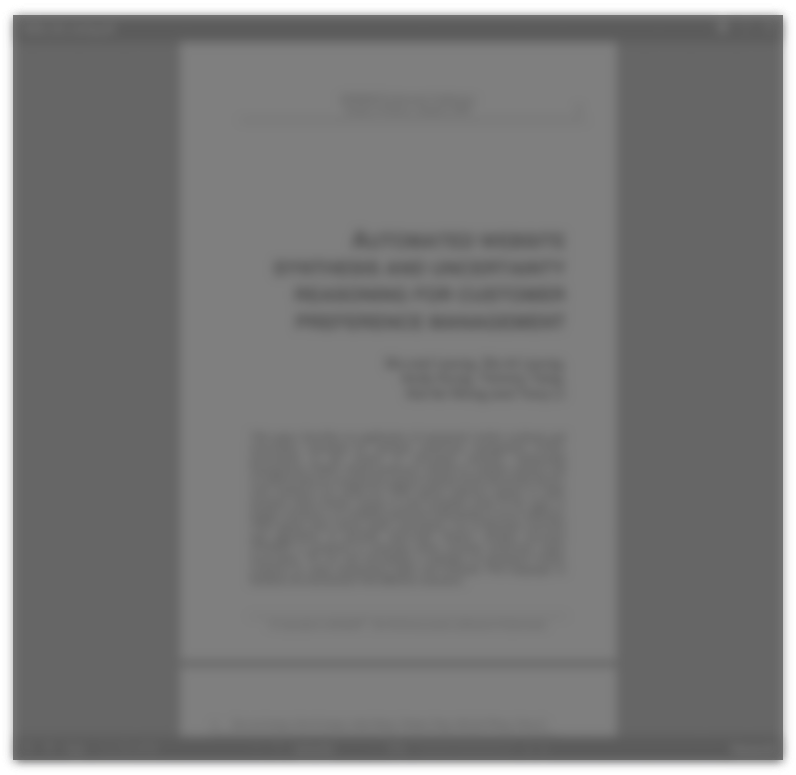Abstract:
This paper describes an attempt to answer a different question, which can be simply expressed as âHow do electors decide how to vote?'. It is hoped that the work described below goes some way towards describing the attitude structure underlying voting behaviour. The questions arising are many. Is voting choice a reasonably rational decision? Is it an expression of a personality or attitude dimension? Or is it a function of habit; of how an individual voted before or of how his parents voted? Do the basic reasons for party re-election differ for supporters of different parties? Do Labour voters vote Labour for one reason. Conservative voters Conservative for another and Liberal voters Liberal for a third reason? How do floating voters make their final decision? It is difficult to hypothesise answers without looking at the underlying attitude structure, at the frames of reference wherein people perceive political parties. This paper investigates whether the application of sophisticated factor analytic techniques to relatively simple data can provide indicators of the frames of reference operating in the minds of voters.
This could also be of interest:
Research Papers
 An alternative to voting intention questions in political polls
An alternative to voting intention questions in political polls
Catalogue: Seminar 1986: Opinion Polls
Authors: Neyza Furgler, Orjan Olsen
Company: IBOPE Inteligencia
 June 15, 1986
June 15, 1986
Research Papers
 Price behaviour models
Price behaviour models
Catalogue: ESOMAR Congress 1974: The Challenges Facing Marketing Research
Authors: A. H. J. van Heteren, W. J. M. Asselbergs
 September 1, 1974
September 1, 1974
Research Papers
 A comparative analysis of voting and voters in Germany and the United Kingdom
A comparative analysis of voting and voters in Germany and the United Kingdom
Catalogue: ESOMAR/WAPOR Seminar 1980: Opinion Polls
Authors: John Clemens, Kurt Galler
Company: Marplan Forschungsgesellschaft mbH
 June 15, 1980
June 15, 1980






